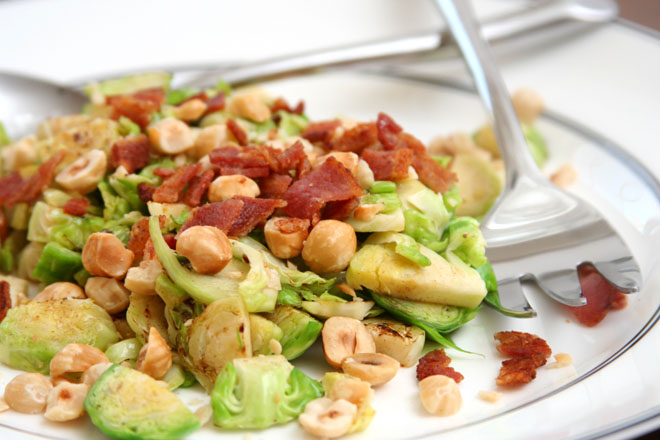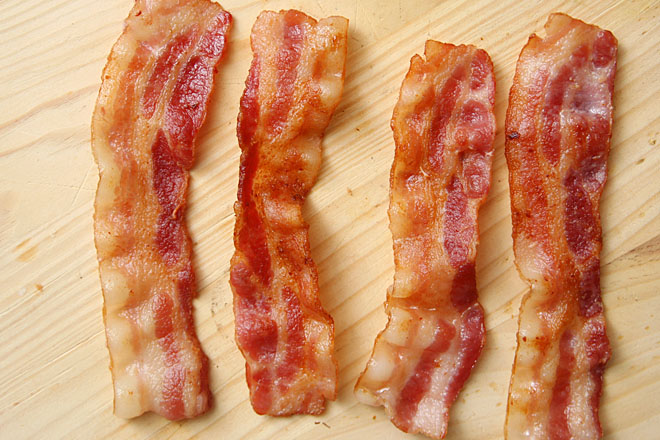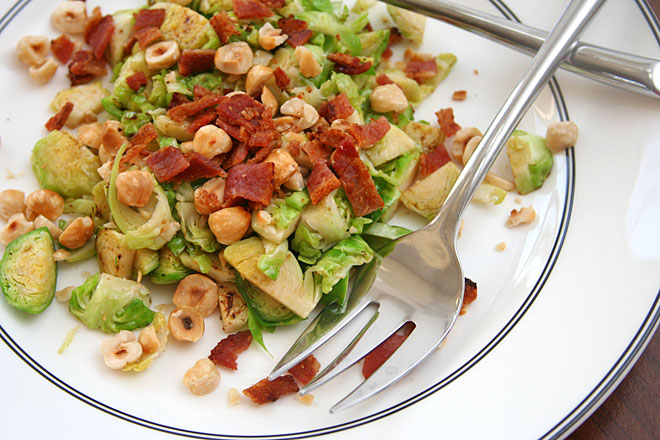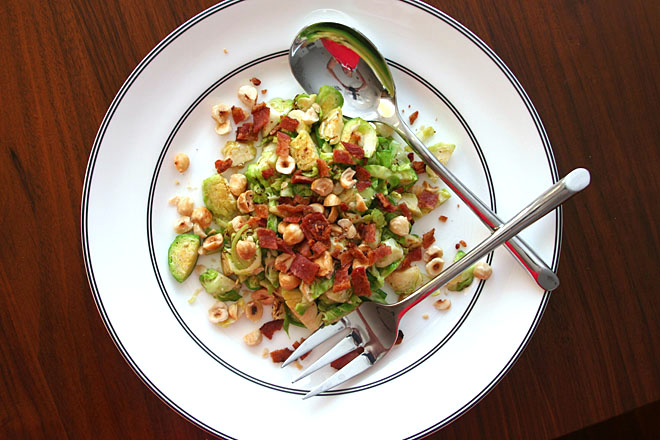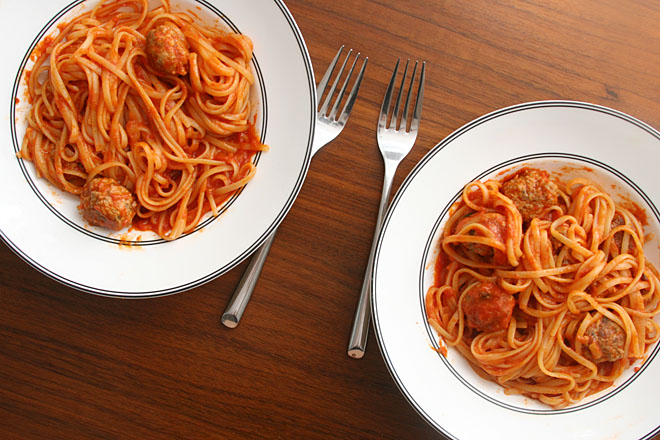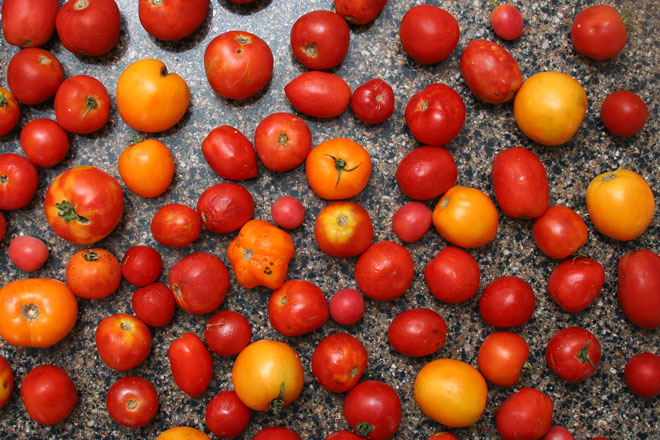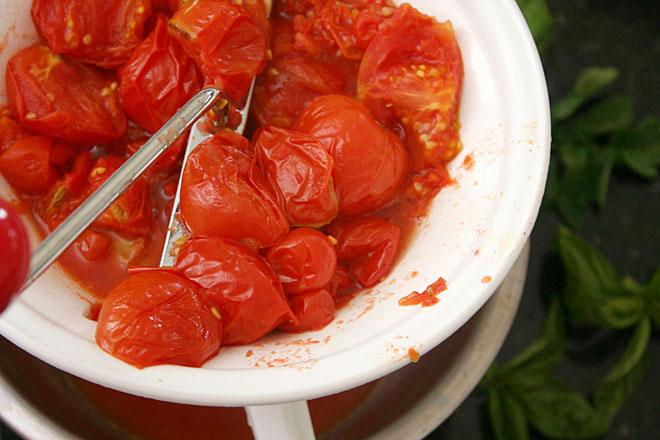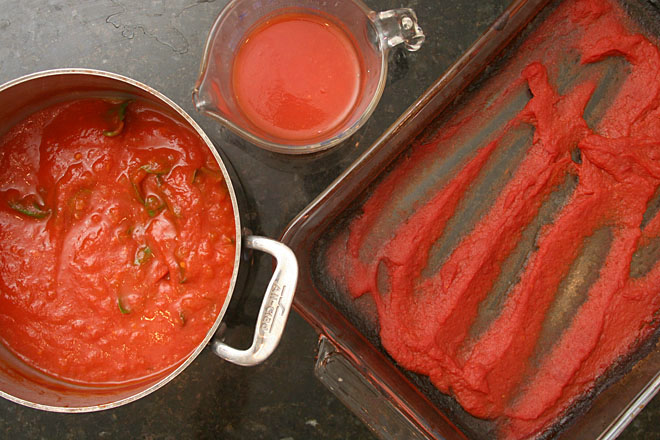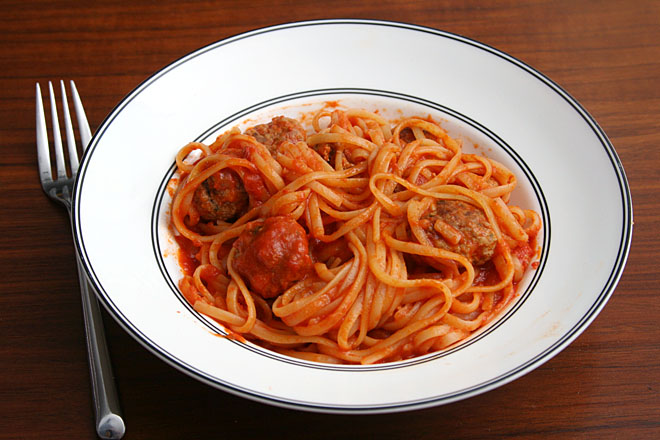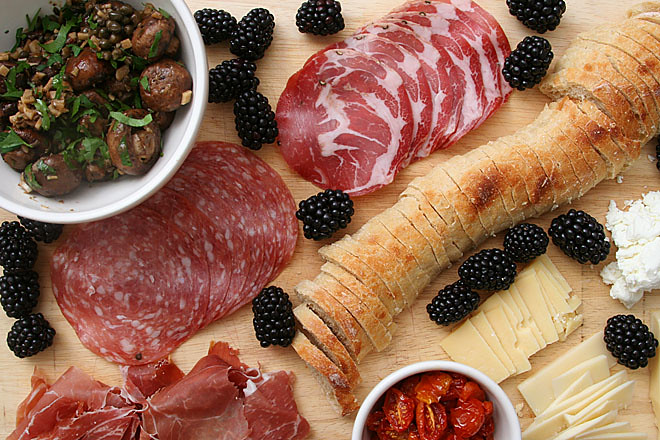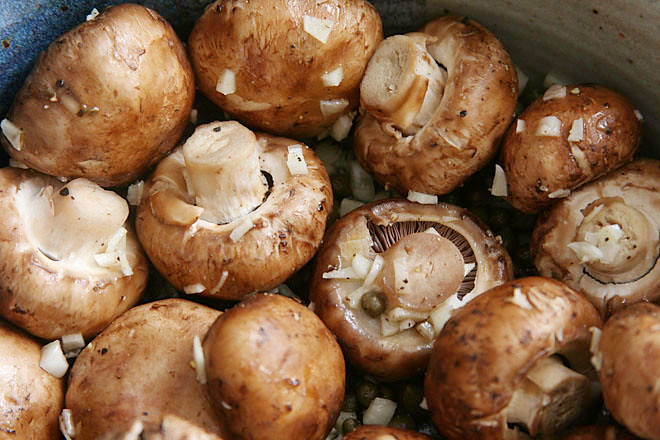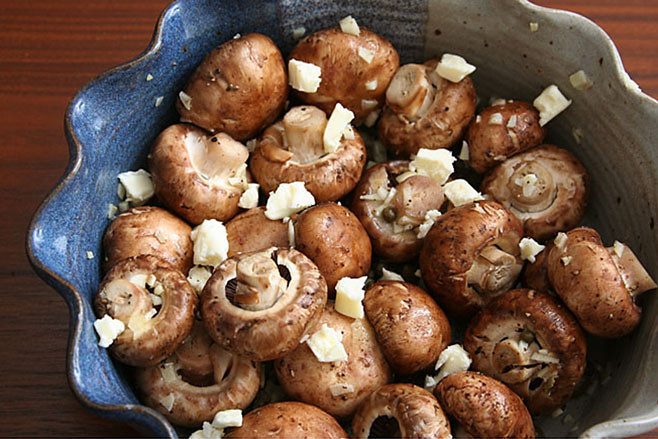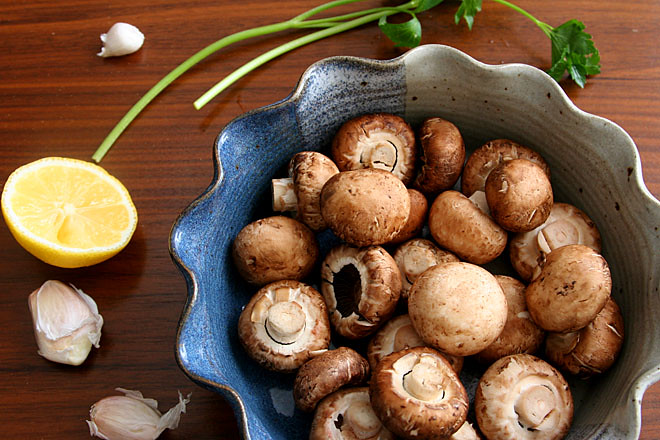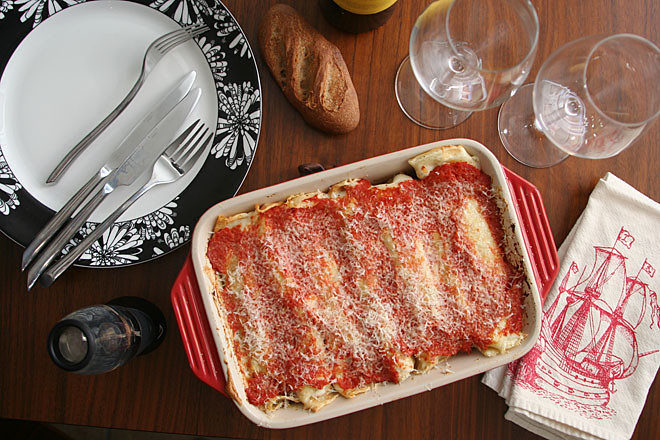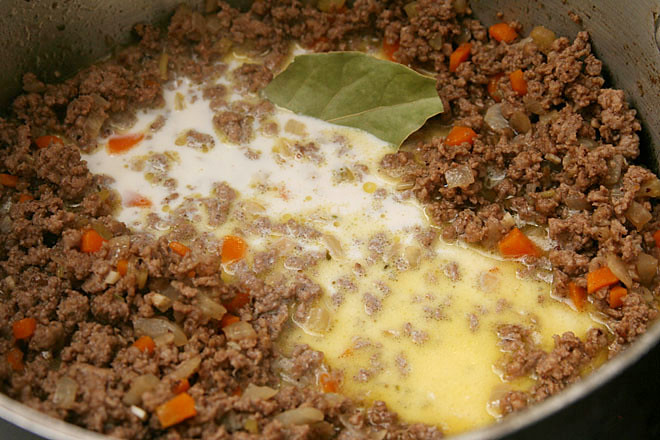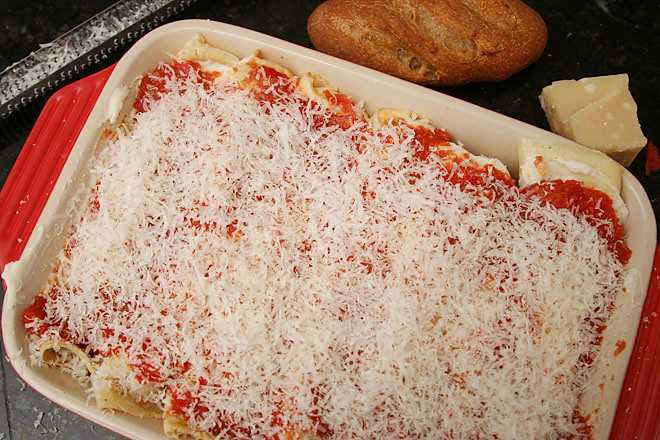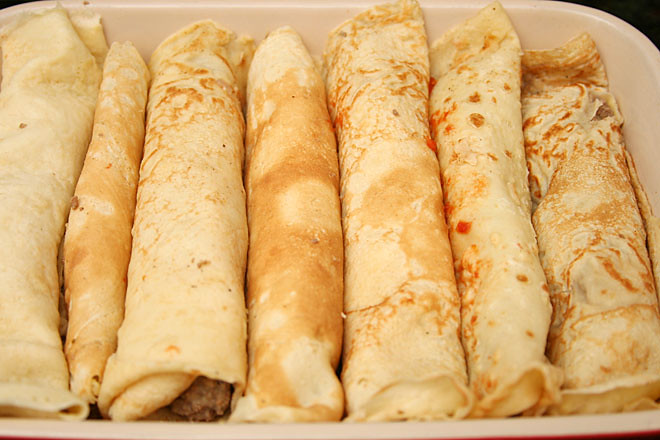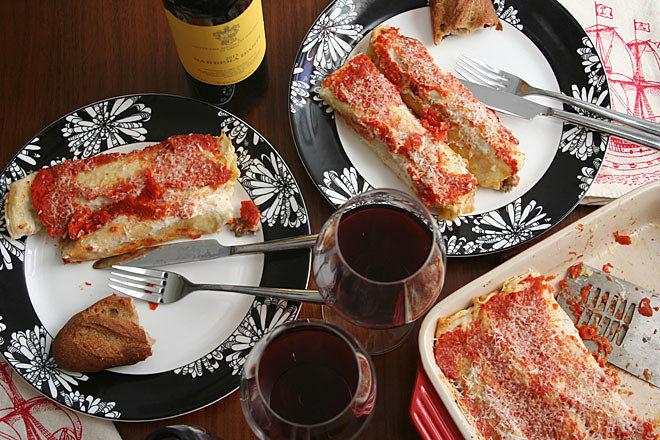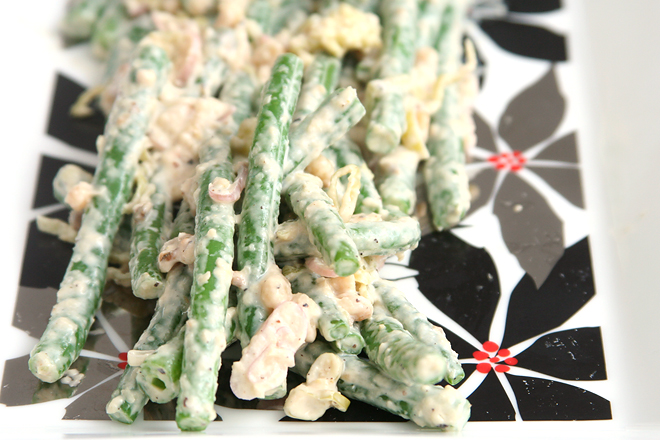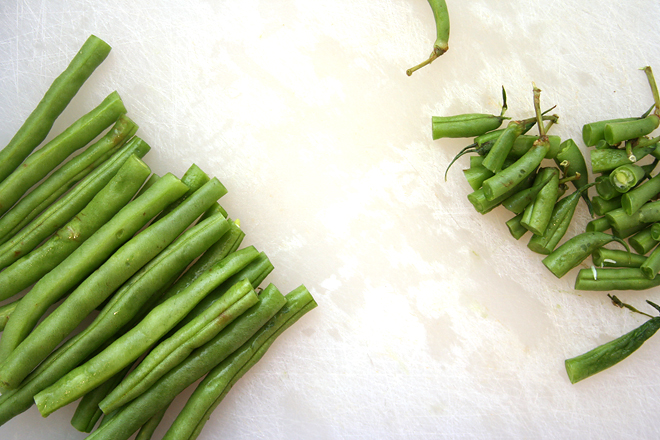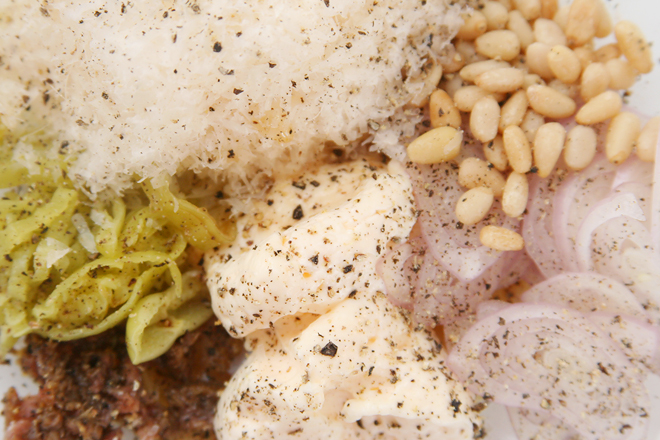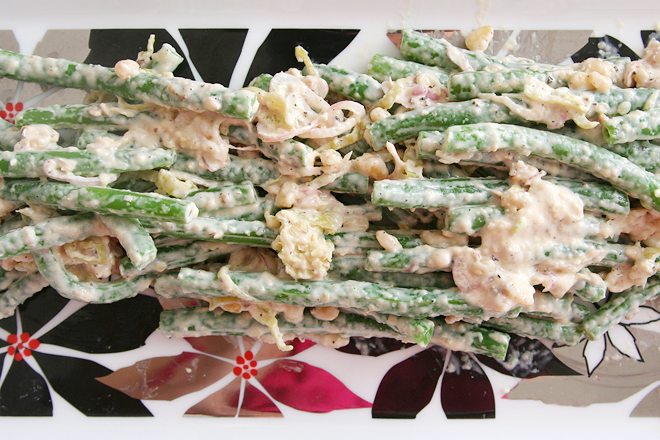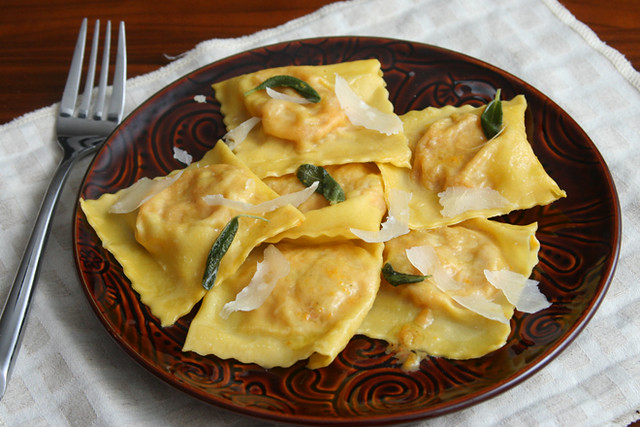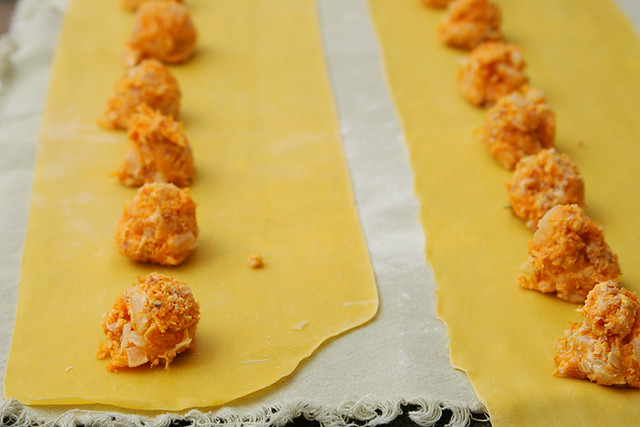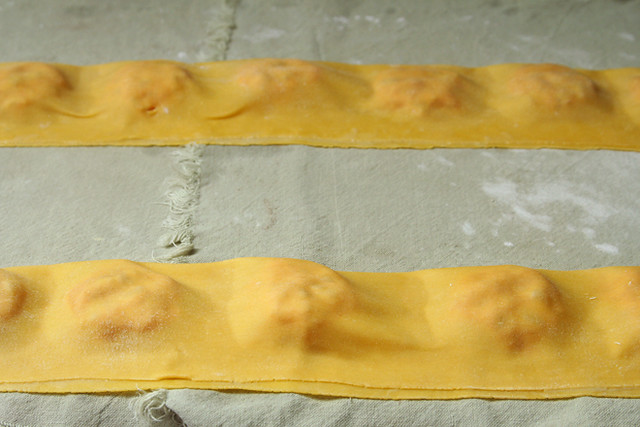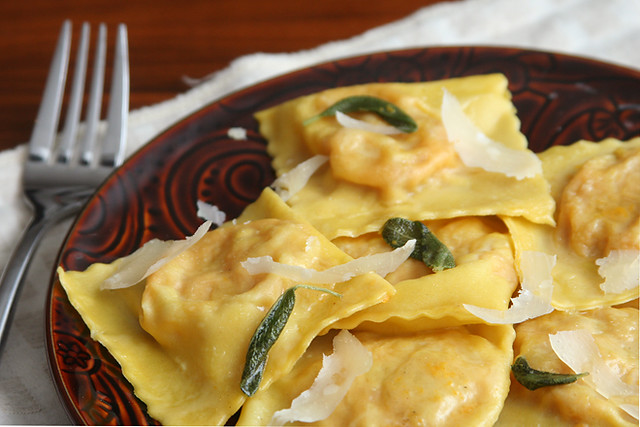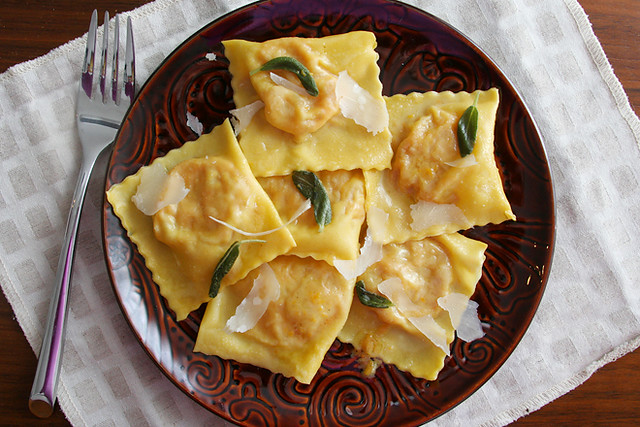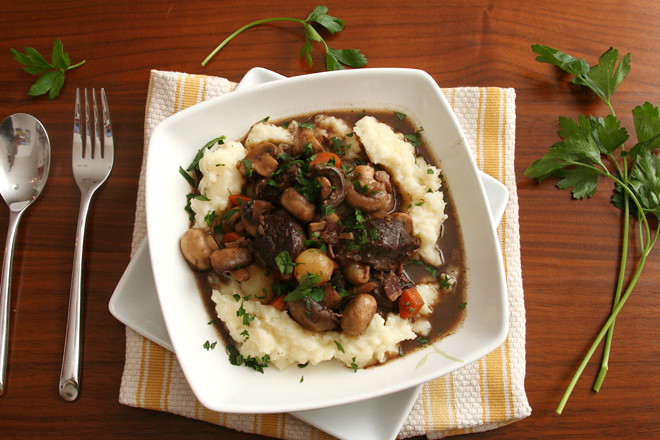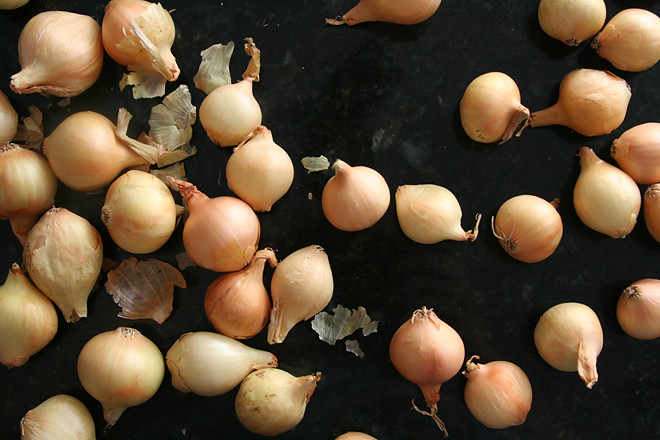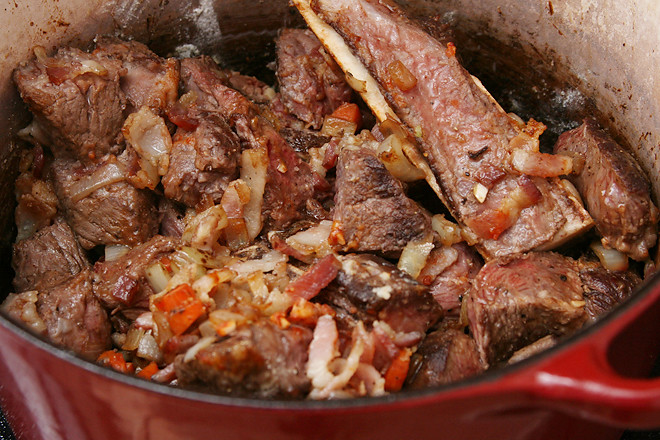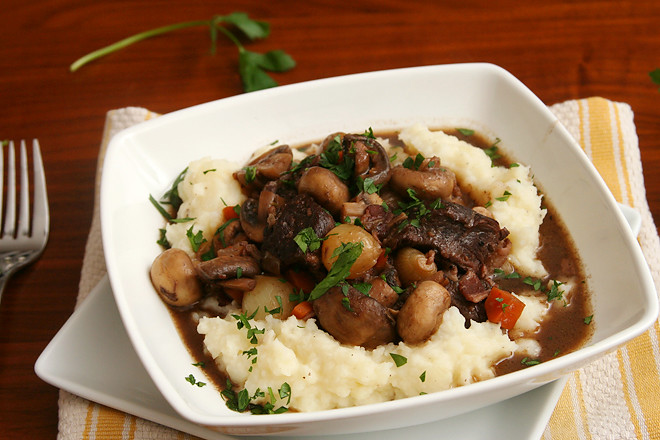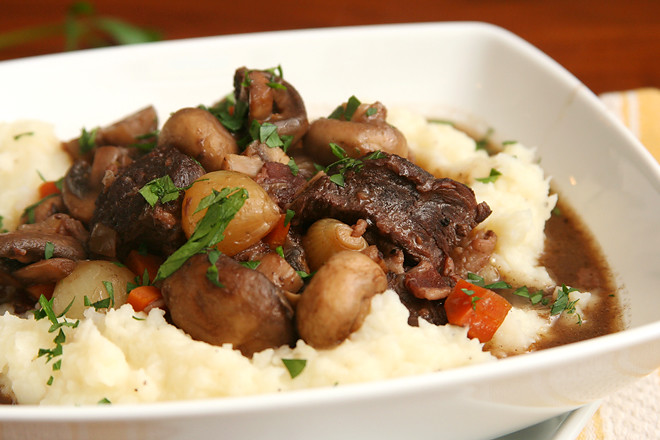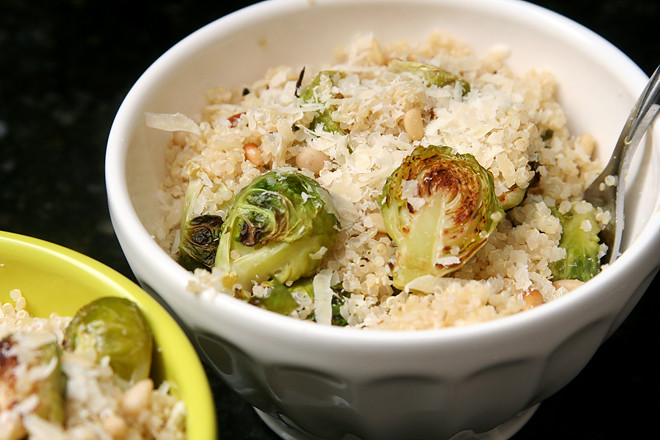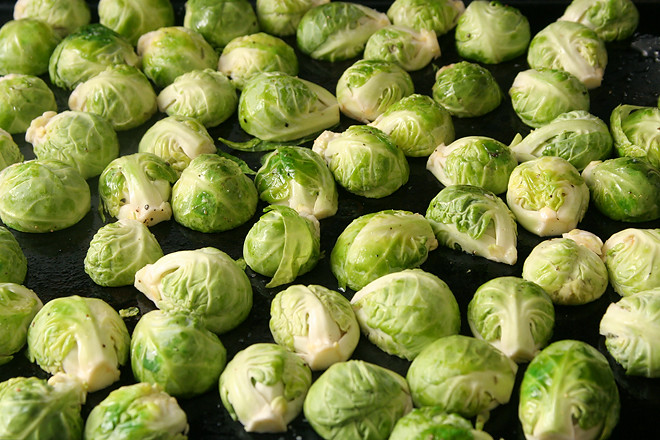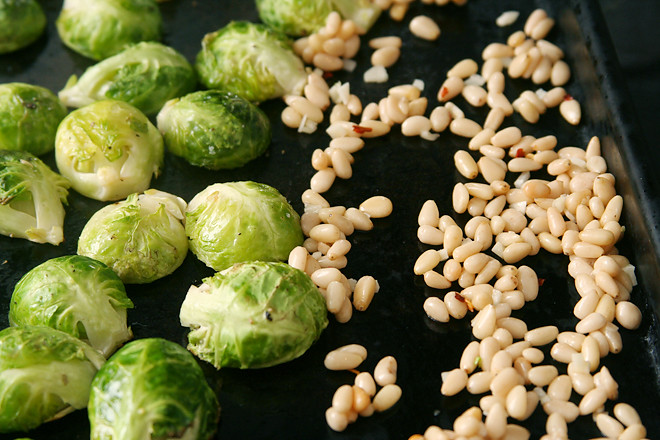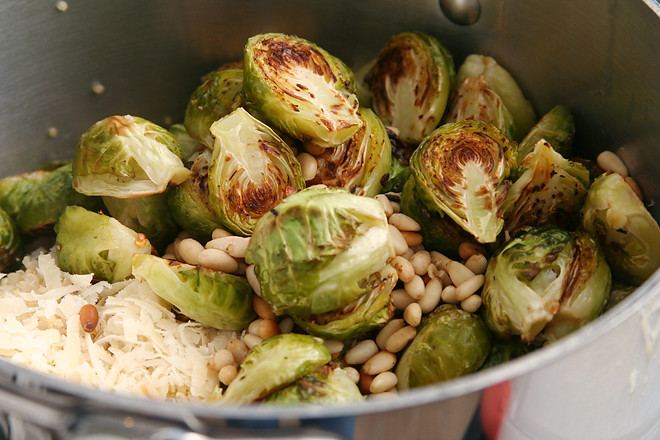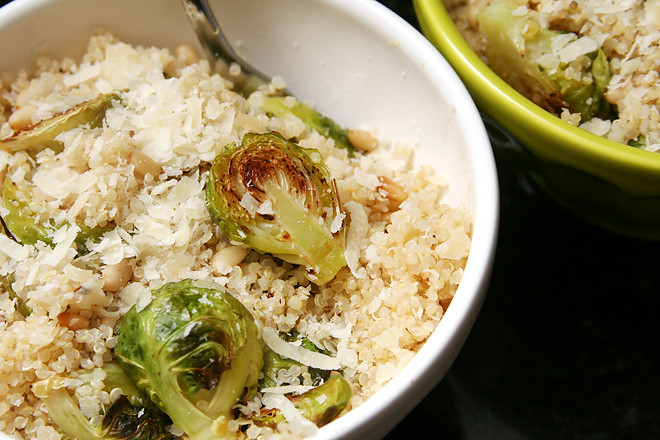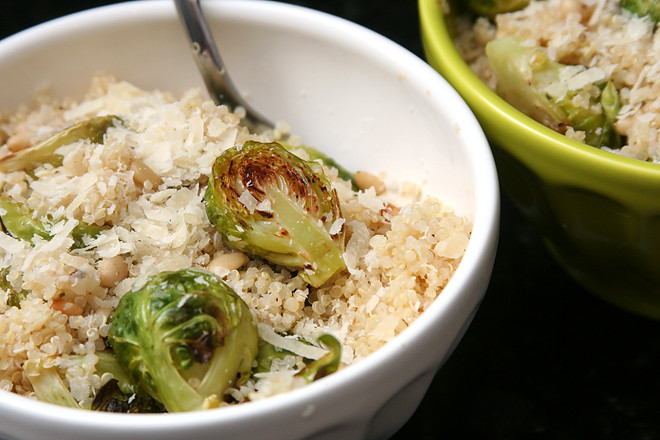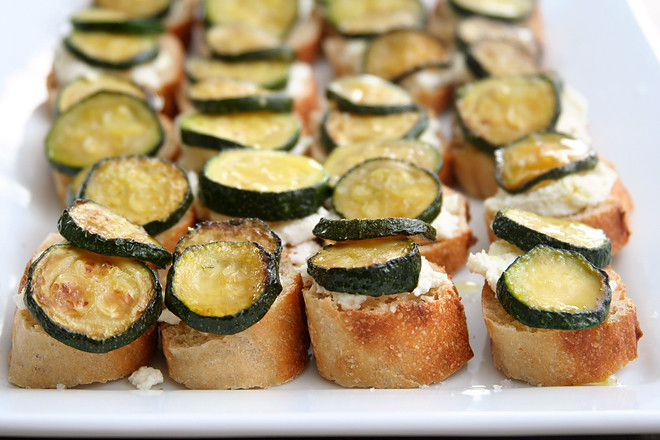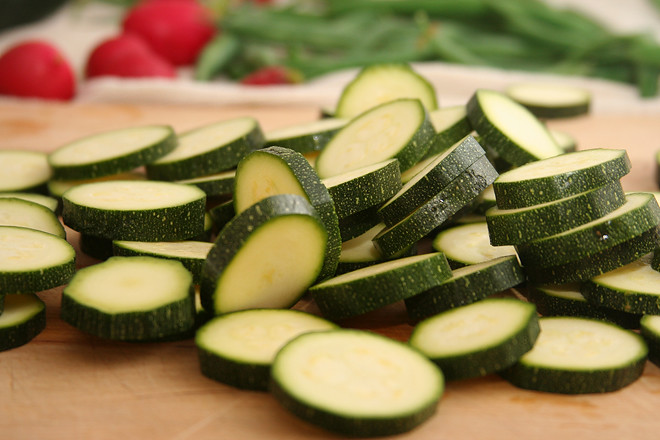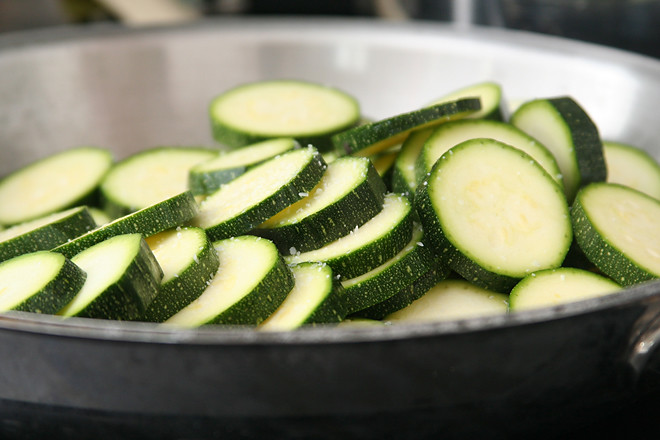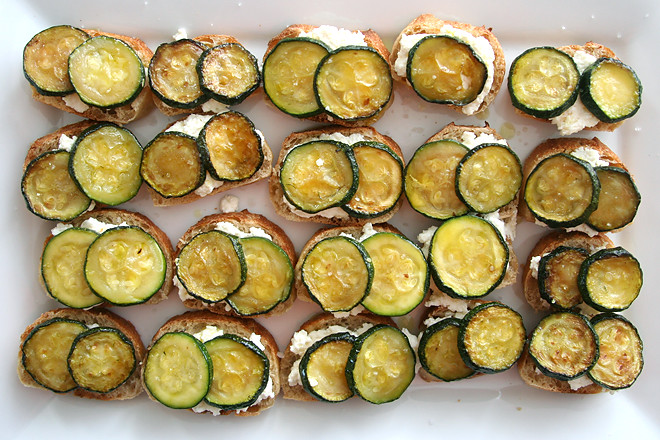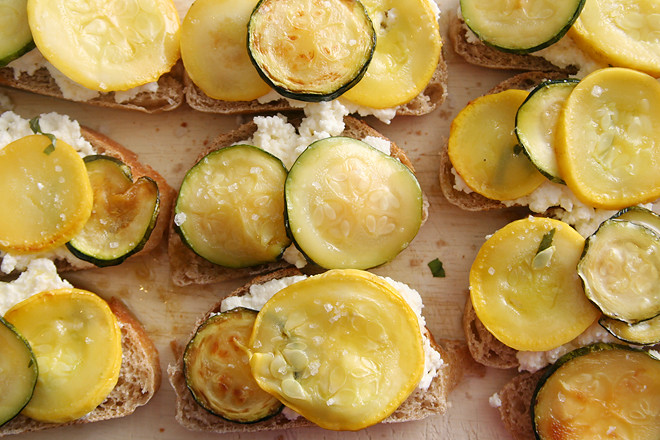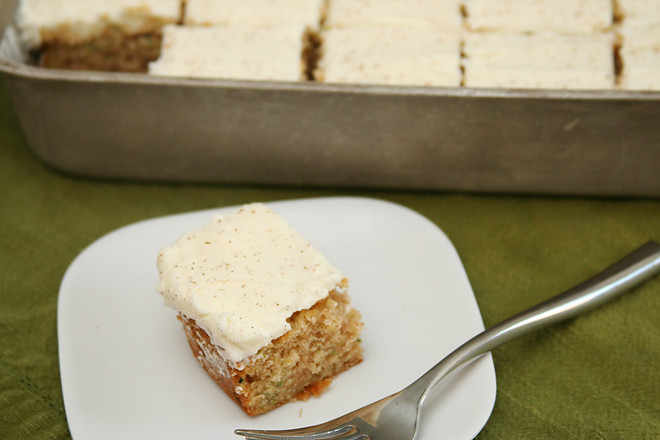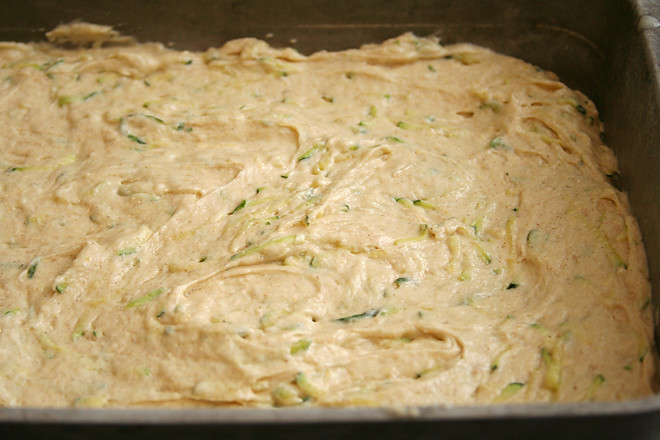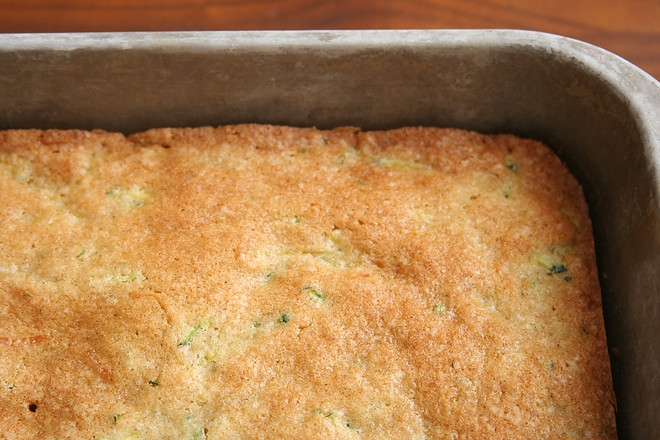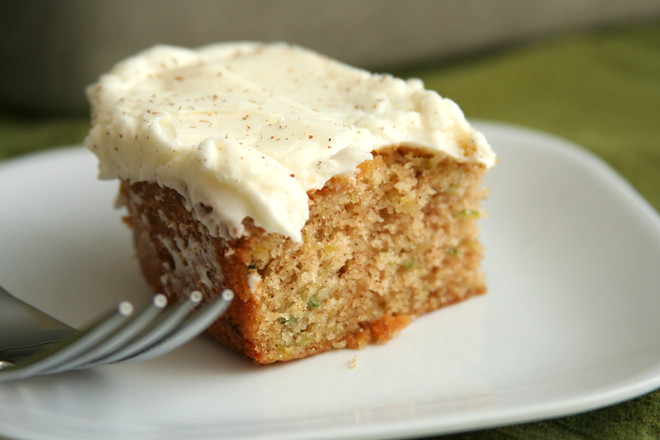The first time I made this was years ago, at a very different time in my life. It was a time in which I would consider individually pulling leaves off of Brussels sprouts, as the original recipe recommends. It was a time in which I expected my opinion of individually pulling leaves off of Brussels sprouts to be: tedious, but not too terribly bad, and ultimately worth it. It was a time before I had kids.
And you know what? Even then, it was too tedious. Even then, I didn’t actually think it was worth it.
I will admit that it makes a nice presentation, but you know what else makes a nice presentation? Bacon crumbles. Let’s stick with that and just give our sprouts a quick slice. Heck, push them through the slicing blade of your food processor if you want. That salad will taste just as good.
Bacon and Brussels sprouts are a common combination, and for good reason; the rich and flavorful bacon is a nice foil to the green vegetables. The hazelnuts add some crunch, and the dressing is just a bit tart, just a bit sweet from the honey. It might not be worth pulling each leaf off of a bunch of little sprouts, but it’s certainly worth making at any stage in life.
Printer Friendly Recipe
Warm Brussels Sprouts Salad with Bacon and Hazelnuts (rewritten from Serious Eats)
The original recipe calls for crushing the nuts under a skillet, which I thought was an odd method to call for until I tried using a knife and ended up chasing hazelnuts rolling all over the cutting board and counter. Crushing doesn’t turn them into powder or paste, it just breaks them into smaller pieces.
I prefer using a nonstick skillet for this. A regular skillet works, but you’ll end up leaving lots of flavorful brown bits behind in the pan.
Serves 2
3 ounces bacon (2-3 slices, depending on thickness)
1 small shallot, minced (about 2 tablespoons)
1 tablespoon honey
1 tablespoon sherry (or red wine) vinegar
1 tablespoon extra-virgin olive oil
Kosher salt and freshly ground black pepper
12 ounces Brussels sprouts, halved through the stem and then sliced crosswise
½ cup hazelnuts, toasted, roughly chopped or crushed with a skillet
1. Place the bacon in a medium nonstick skillet over medium heat; cover and cook until it’s browned and crisp, turning occasionally, about 8 minutes. While the bacon cooks, add the shallot, honey, sherry vinegar, oil, ¼ teaspoon salt, and pinch of black pepper to a large bowl. Transfer the cooked bacon to a paper towel-lined plate. Pour 1 tablespoon of bacon fat into the bowl with the dressing ingredients. Leave approximately ½ tablespoon of bacon fat in the skillet; discard the remaining fat. Crumble or coarsely chop the bacon.
2. Heat the skillet with the bacon fat over high heat. Add the Brussels sprouts and cook, stirring constantly, until bright green and slightly wilted, about 2 minutes. Transfer to the bowl with the dressing. Toss the Brussels sprouts with the dressing; top with bacon and hazelnuts. Serve immediately.
